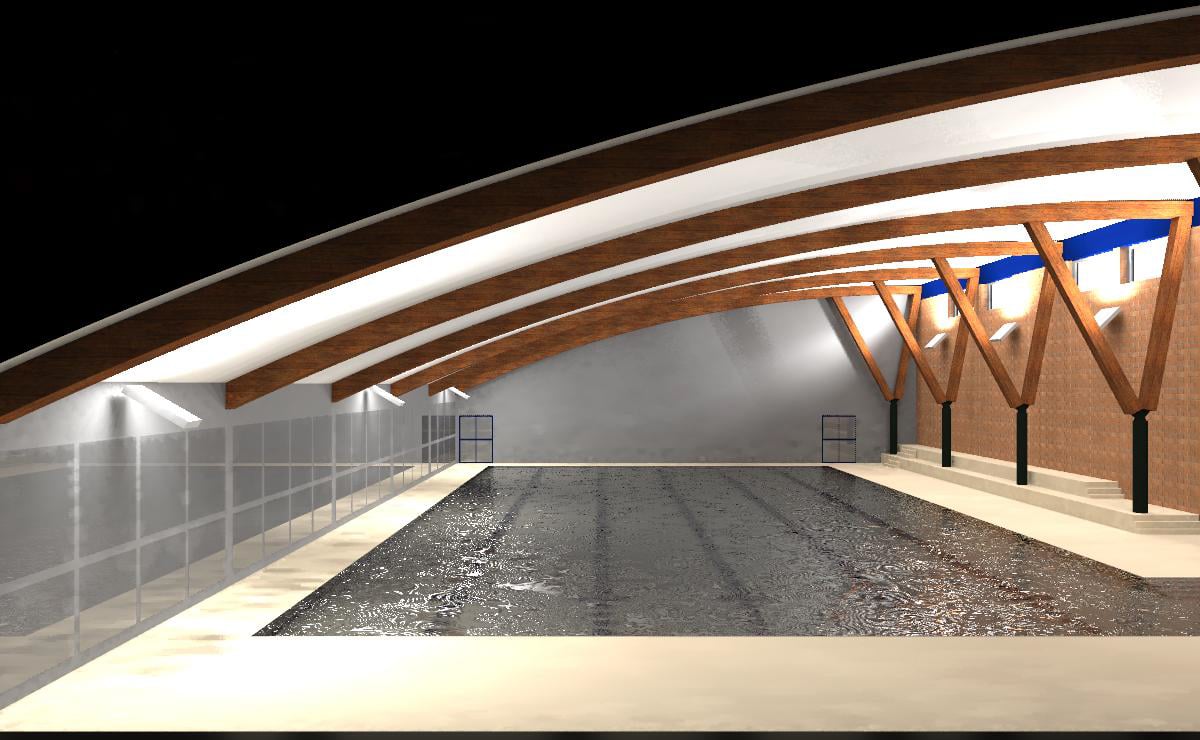The Benefits of Lighting Design: Enhancing Environments and Saving Energy

Lighting design has become an essential part of architecture, interior design, and urban planning. Proper lighting design can create an environment that promotes comfort, productivity, and relaxation, as well as enhances the aesthetic appeal of a space. In addition, lighting design can help save energy and reduce operating costs while contributing to environmental sustainability. In this article, we will explore the benefits of lighting design and who can benefit from it.
Energy Efficiency
One of the primary benefits of commercial lighting design is energy efficiency. A well-designed lighting system can help save energy and reduce operating costs by selecting energy-efficient light sources and fixtures, optimizing lighting levels, and using lighting controls. For example, using LED lights instead of traditional incandescent lights can save up to 80% on energy costs. By selecting the right light sources and fixtures, lighting designers can also reduce the number of lights needed and still achieve the desired lighting levels, further reducing installation costs and energy consumption.
Improved Health and Well-being
Good lighting design can also improve people’s health and well-being. By creating an environment that promotes comfort, productivity, and relaxation, lighting design can enhance the quality of life for occupants. For example, lighting that mimics natural light can help regulate the body’s circadian rhythm, promoting better sleep. Brighter lighting can also improve mood and energy levels, which can be beneficial in environments such as offices, schools, and healthcare facilities.
Enhanced Aesthetics

Another benefit of lighting design is enhanced aesthetics. It can contribute to the overall aesthetic appeal of a space by highlighting architectural features, creating a focal point, or providing dramatic effects. For example, accent lighting can highlight artwork, sculptures, or other features in a space, while ambient lighting can create a warm and inviting atmosphere. LED lighting can also be used to create a sense of drama, such as in theatres, museums, or other public spaces.
Increased Safety and Security
Properly designed lighting can increase safety and security by providing better visibility, illuminating potential hazards, and deterring crime. Good outdoor lighting can increase visibility and reduce the risk of accidents and crime, while indoor lighting can help prevent trips and falls. Lighting can also be used to enhance security by illuminating entrances, exits, and other vulnerable areas, reducing crimes in those areas.
Environmental Sustainability
By reducing energy consumption and using eco-friendly materials, good lighting design can help reduce carbon emissions and preserve natural resources. For example, LED lights are more energy-efficient and have a longer lifespan than traditional incandescent lights, reducing the need for replacement and disposal. The use of intelligent lighting controls, such as timers and sensors, will help reduce energy consumption.
Increased Property Value
A well-designed lighting system can increase the value of a property by creating a visually appealing and functional space. Lighting that highlights architectural features or creates a focal point can enhance the comfort and functionality of a space, such as in offices or healthcare facilities, also property becomes more attractive to potential occupants or buyers.
Who Can Benefit from Lighting Design?
The beneficiaries of good lighting design are everyone. Lighting designers work with architects, engineers, interior designers, property owners and other professionals to create lighting systems that meet the needs of the users. Ultimately, everyone benefits from the improved functionality, comfort, and aesthetics of a space.
In conclusion, good lighting design has numerous benefits and it contributes to the overall well-being, functionality, appeal, and sustainability of a space. Whether it is in a home, office, school, or public space, lighting design enhances the quality of life for occupants while reducing energy consumption and operating costs.
As we continue to recognise the wellbeing of our built environment and prioritize energy efficiency and sustainability, the importance of lighting design will only continue to grow.








